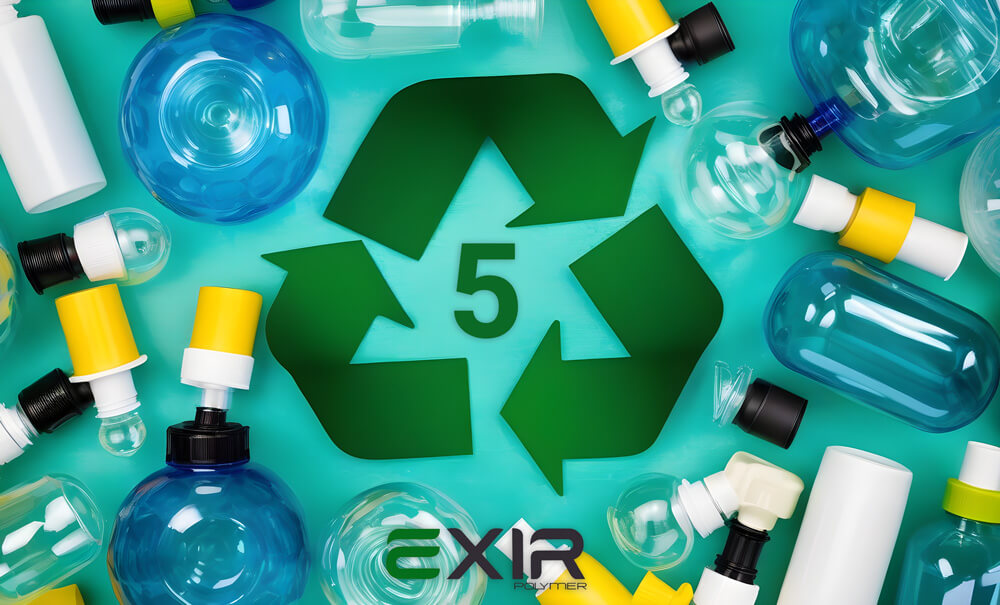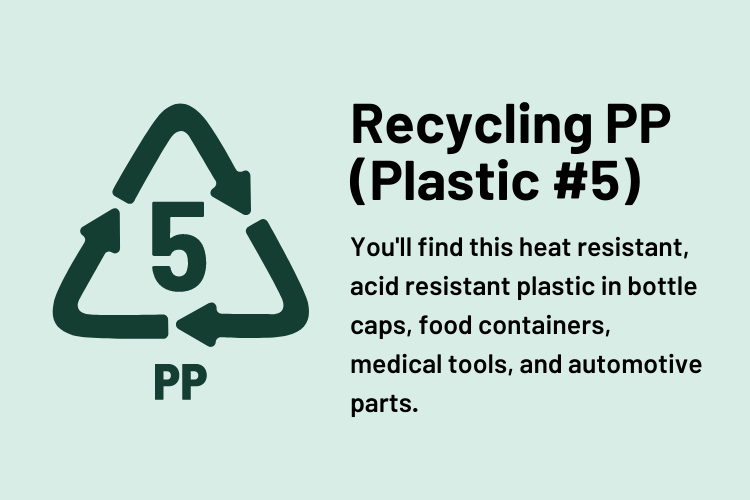As sustainability becomes a vital emphasis worldwide, the highlight is on what industries may decrease environmental impacts. Polypropylene (PP), one of the very most typically used parts, has received significant attention due to its possible in the circular economy. With rising problems about plastic spend, PP recycle alternatives are emerging as a promising avenue for reaching sustainability goals and reducing environmental footprints.

Polypropylene is widely used across numerous industries, from presentation to automotive components, due to its flexibility, power, and cost-effectiveness. Nevertheless, the persistence of PP in landfills and oceans poses an important environmental challenge. Fortunately, innovations in recycling systems are providing new opportunities to sell PP more effectively and effectively.
One of the very most significant developments in PP recycling may be the upsurge in physical recycling processes. Physical recycling requires deteriorating plastic waste into little particles, which may then be reprocessed into new products. This technique provides a more energy-efficient option compared to conventional plastic production. PP can be recycled multiple occasions, reducing the need for virgin product removal and minimizing the overall carbon footprint.
Along with technical recycling, substance recycling systems are developing traction. Chemical recycling involves deteriorating materials into their base compounds, which may be recycled to create new plastic products. This process permits the recycling of contaminated or combined plastic waste that will otherwise be non-recyclable through traditional methods. As compound recycling technologies improve, they could revolutionize the way PP is prepared and recycled, making it a key participant in the continuing future of plastic waste management.
The raising give attention to PP recycling is also operating improvements in solution design. Organizations are building PP products and services which can be better to recycle by using monomaterial packaging, eliminating harmful additives, and marketing styles that facilitate the recycling process. Collaboration across industries is essential to ensuring that PP items are recyclable from the beginning and can be successfully prepared by the end of their life cycle.
Moreover, customer awareness and behavior enjoy a significant position in the achievement of PP recycling. With rising need for sustainable items, more persons and organizations are getting steps to ensure PP waste is discarded correctly. Training campaigns and incentive programs may encourage better recycling methods and support shut the trap on PP waste.

Seeking forward, PP recycling alternatives are positioned to be at the front of sustainable spend management. As technologies advance and industries adopt more circular techniques, PP can continue being an invaluable resource, operating both environmental and financial benefits. The ongoing future of sustainability handles on innovations in recycling, and PP recycling options may undoubtedly enjoy a vital position in surrounding this future.
